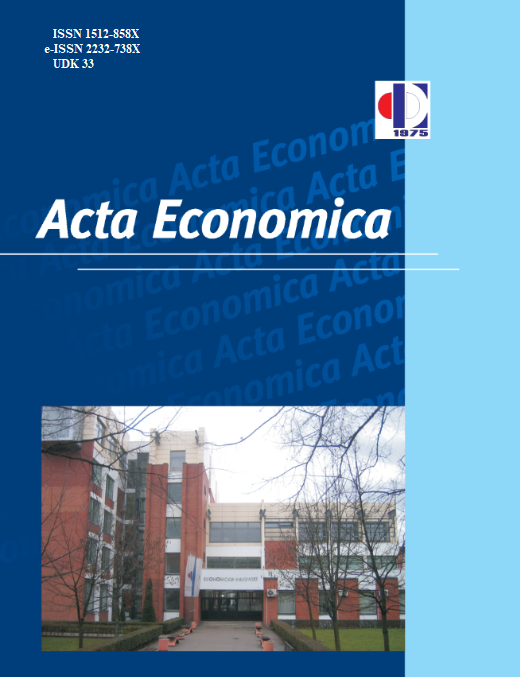Economic Policy Challenges of Small European Countries
DOI:
https://doi.org/10.7251/ACE1727119MAbstract
The aim of this paper is to study the pace and role of small states in international economic relations. The main characteristics of small states are a high degree of economic openness, export concentration and high dependence on strategic imports. In addition, their significant features are also indivisibility of overhead costs and diseconomies of scale. There is no single definition of small states since the size is a relative term. In addition to the size of population, sometimes other indicators are used as size criteria such as territory size or gross domestic product. This paper emphasizes the endogenous and macroeconomic characteristics of small states in detail and some small countries’ problems that can be challenging in developing their economies. Furthermore, the concepts of small states’ economic vulnerability and resilience are covered. This paper pays special attention to arguments in favor of regional cooperation among small countries. The final part of the paper is dedicated to the similarities, and also economic differences among the small European states. It also highlights the benefits of small states’ membership into the European Union. Numerous economic benefits for small countries arise from the process of regional integration, especially with regard to strengthening economic resilience, foreign trade, strengthening their bargaining power, joint management of regional public goods, receiving technical assistance and geopolitical aspect.Downloads
Published
2018-12-24
Issue
Section
Чланци

